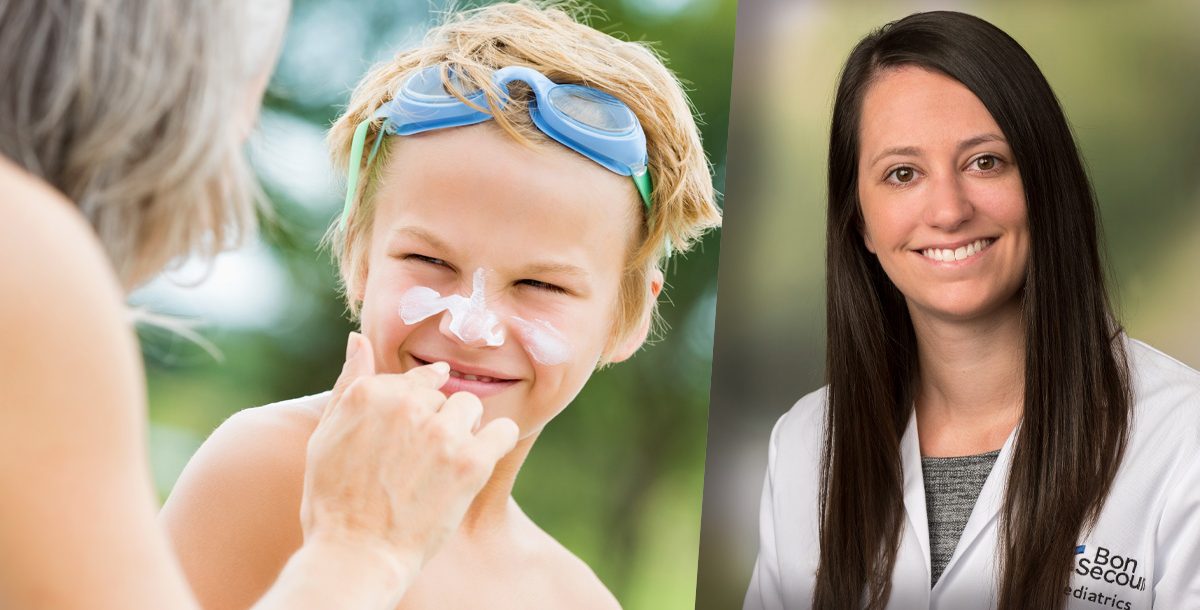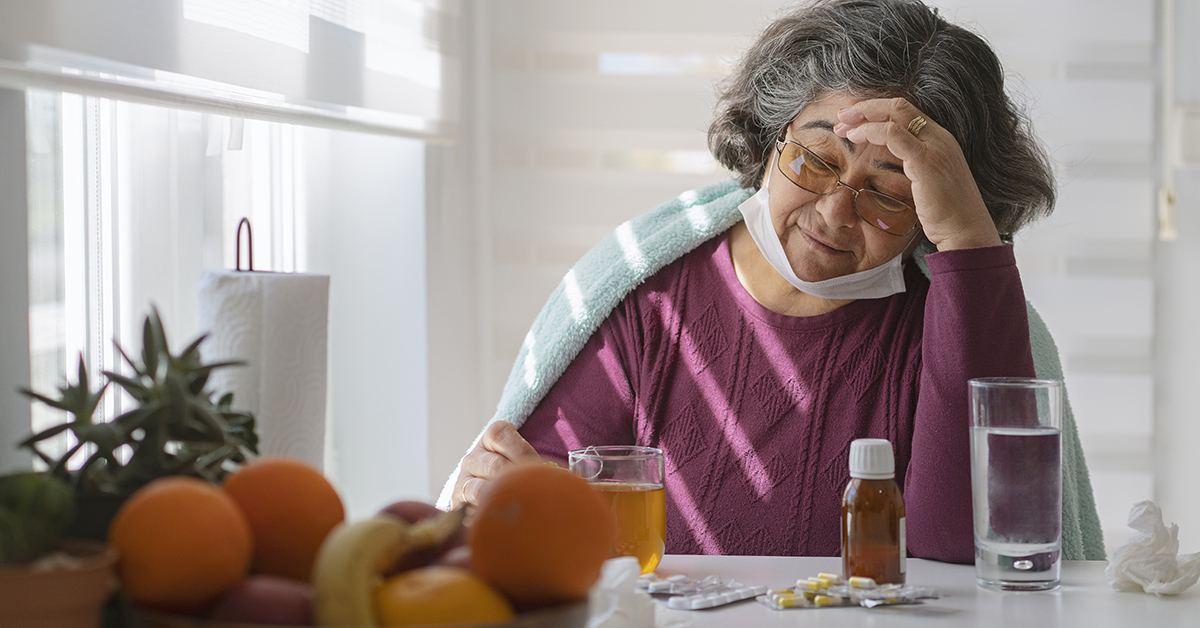Summertime is here again! However, remember that the sun’s UV rays can cause harmful skin conditions that can result in skin damage. To prevent this damage, including skin cancer, it’s important to know how to find the right sunscreen for not only yourself, but also for your child.
Kelsey Blazar is one of our pediatric nurse practitioners who sees children for visits and provides lactation counseling at both the Richmond and Mechanicsville offices. Below, she explains the importance of kids wearing sunscreen to prevent skin conditions.
What dangers do the sun’s UVA and UVB rays pose?
“The sun can cause skin damage, including uncomfortable sun burns and even increase the risk for skin cancer.”
How does sunscreen protect someone’s skin from the sun?
“Using sunscreen helps prevent these issues and lowers the chance of skin cancer.”
When can children start wearing sunscreen? And how often should it be reapplied?
“The American Academy of Pediatrics recommends children under the age of 6 months stay out of direct sunlight. This age group is particularly more sensitive to side effects from sunscreen. So, using shade, hats and protective clothing is the best way to prevent sun exposure in this age group. For older children, sunscreen should be applied about 15 minutes before sun exposure and reapplied at least every two hours.
The more your child is sweating or swimming, the more times sunscreen needs to be reapplied. Also, remember that clouds do not block all the sun’s UV rays. Continue to use protective clothing, shade and sunscreen even on cloudy days.”
What ingredients should be in children’s sunscreen? Are there any ones to avoid?
“Parents should look for sunscreens with zinc oxide and titanium dioxide. These work by reflecting the light from the sun so that it is not absorbed into the skin. Avoid sunscreen with oxybenzone, as it can affect hormone levels. For babies with sensitive skin, apply a small amount of sunscreen on their forearm first to make sure it agrees with their skin first before applying more thoroughly. Fragrance-free sunscreens are preferred for kids with sensitive skin.”
What signs of skin damage should parents be aware of?
“If the skin is damaged from the sun, it can appear red, swollen and cause peeling skin. If the child develops blisters, it is a good idea to have them checked out by their pediatrician. Also, look out for heat stress which could present as fever, chills, nausea, confusion or lethargy.”
Learn more about the pediatric and primary care services we offer at Bon Secours.





